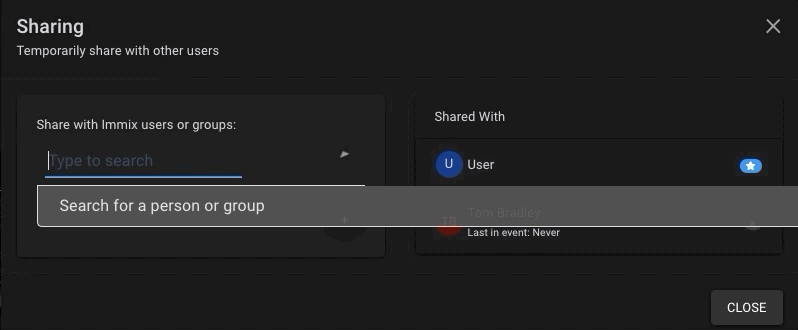Not all security events are dramatic or large scale. Let’s take something as simple as an elevator entrapment. Usually, all that happens is that an operator calls someone to fix the problem. Yet, what if the incident leads to a medical emergency (perhaps heat exhaustion, anxiety attack, asthma, etc.)? As the event evolves the operator may need additional help. They are coordinating the elevator engineers but need to also summons fire departments/EMS etc. for the medical issues.
Share an event with another operator to help with the response
Now, let’s take a larger event, let’s say it’s a fire at a stadium. The operator not only has to contact and liaise with emergency services but also coordinate evacuation with security guards on the scene, while also notifying parking attendants, ticket gates, patrols around outer gates—so that these can be opened— alert vendors, and anyone in auxiliary buildings too and so on. Clearly, a lot of help is required very quickly. There’s little time to search for phone numbers and no point in sending people on foot. The interface the operator uses can be configured so that at the touch of just a few buttons, numerous people are notified, know exactly what they have to do. Not only that but they automatically receive a brief of the unfolding situation so that they know exactly what is going on without having to speak with the original operator or operators.
Its so easy to have a colleague help with a response – simply assign actions step(s) to another operator (such as Tom) with a click of a button
Leveraging more staff as an event escalates is part of developing a resilient operation response. Making this simple and easy is where SureView makes a difference. SureView provides a simple interface for the operator to share their response screen with other operators or even with others outside the organization, for instance first responders. In the elevator entrapment example the primary operator can share and assign the actions required to coordinate the engineering team while they coordinate the fire department/EMS team. They are both part of the same event, supporting each other to ensure a quick and positive outcome.









